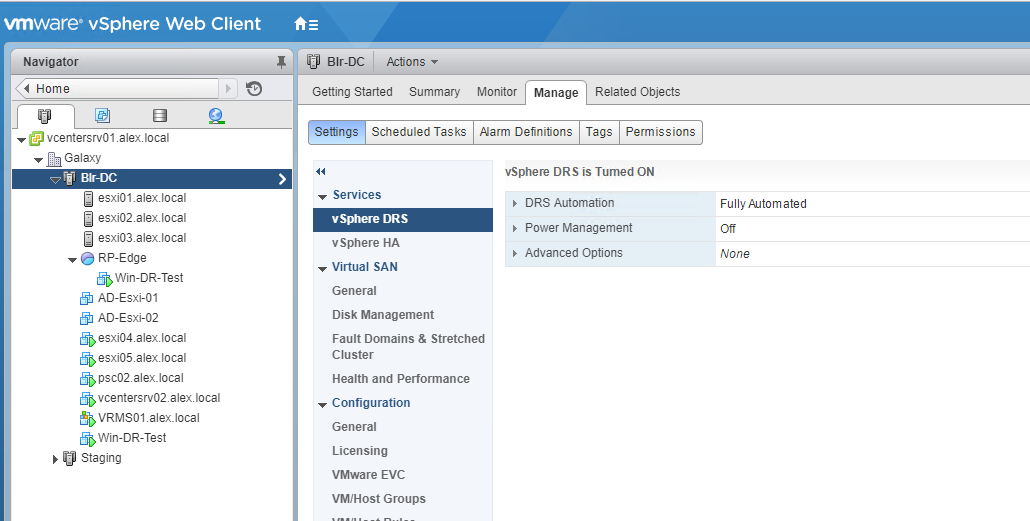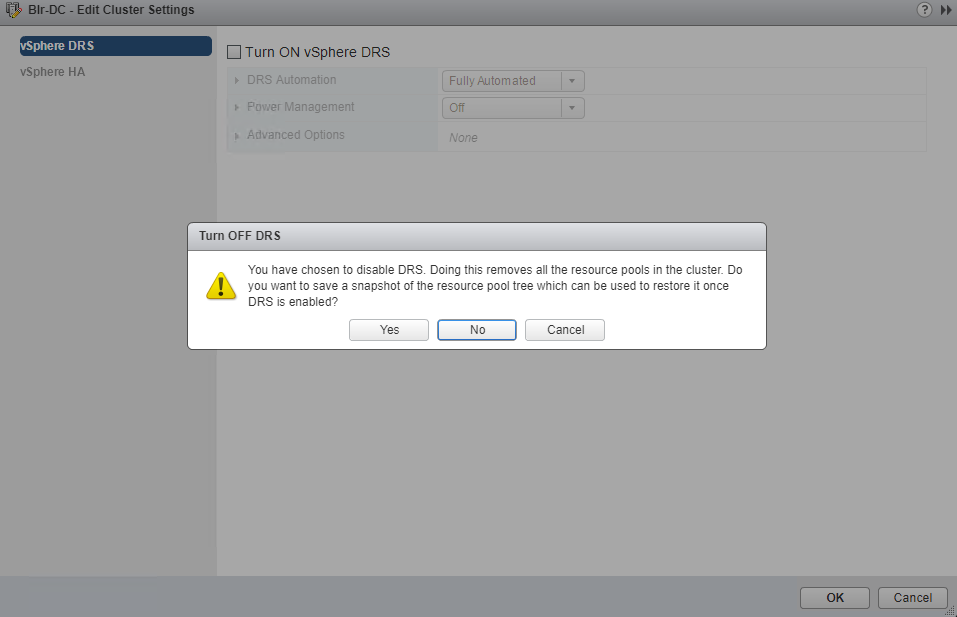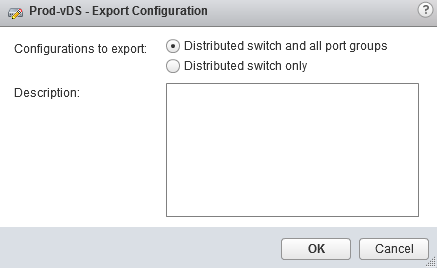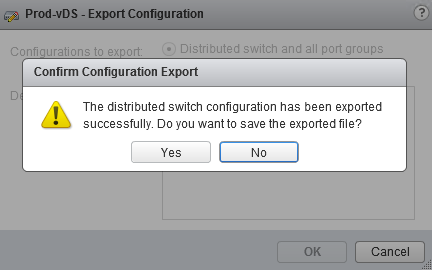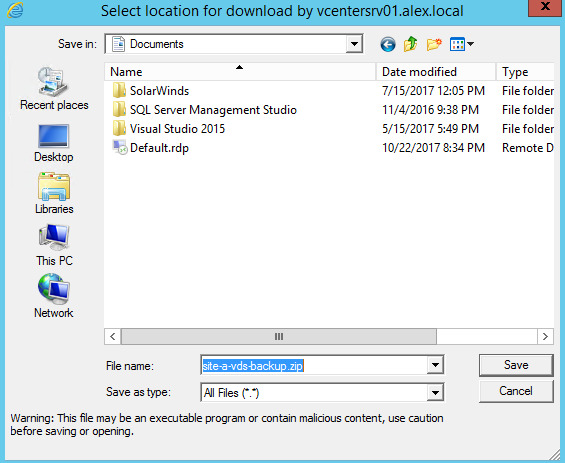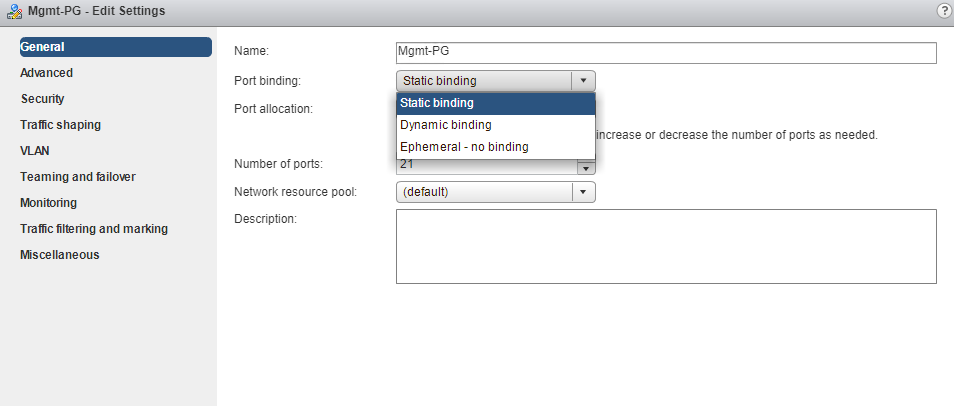DRS migration threshold allows you to specify which recommendations are generated and then applied (when the virtual machines involved in the recommendation are in fully automated mode) or shown (if in manual mode). This threshold is also a measure of how much cluster imbalance across host (CPU and memory) loads is acceptable.
Migration threshold is a measure of how much cluster imbalance is acceptable based on CPU and memory loads. The slider is used to select one of five settings that range from the most conservative (1) to the most aggressive (5). The further the slider moves to the right, the more aggressive DRS will work to balance the cluster.
These threshold values determines which recommendations will be generated when DRS senses an imbalance of cluster. The Conservative setting generates only priority-one recommendations, the next level to the right generates priority-two recommendations and higher, and so on, down to the Aggressive level which generates priority-five recommendations.… Read More




